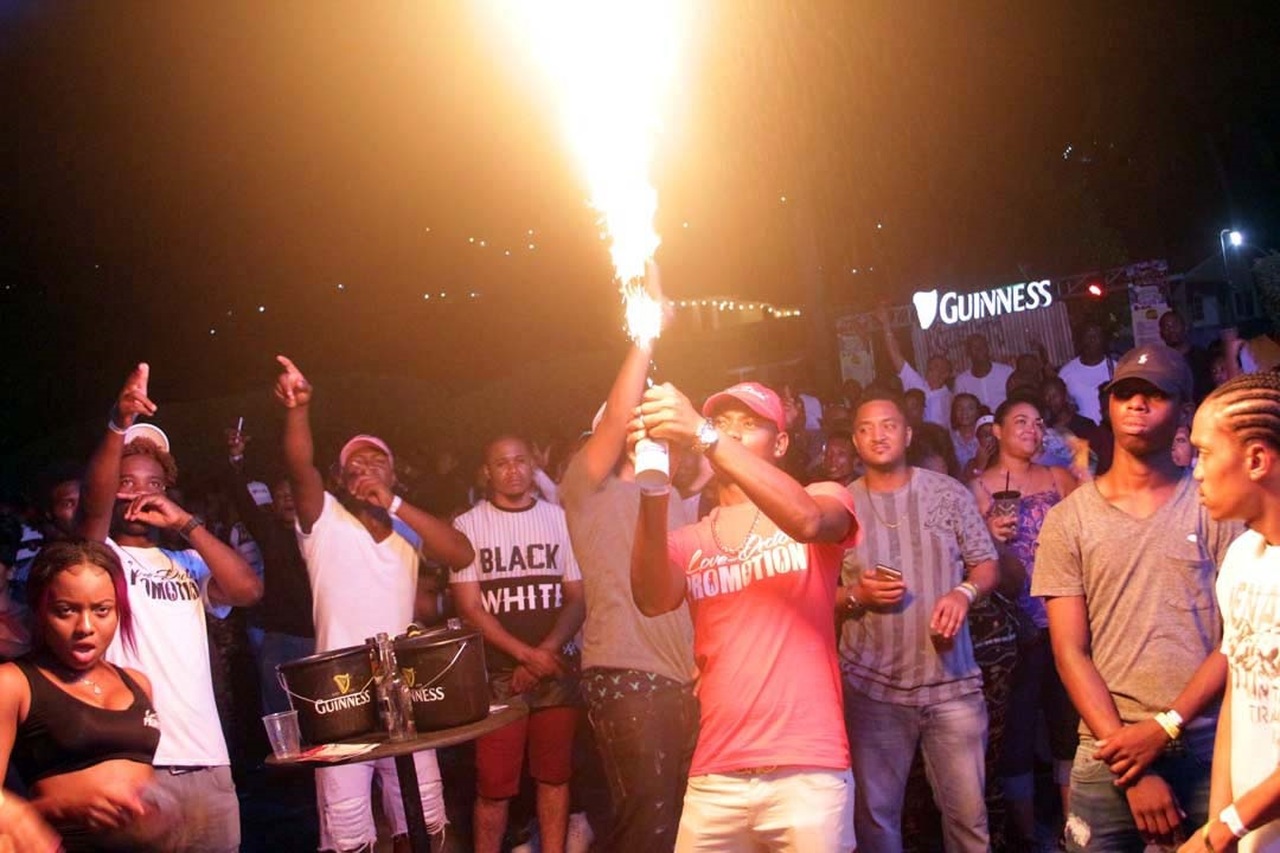
May 10, 2024
In the vibrant landscape of Jamaican music, Dancehall stands tall as one of its most dynamic and influential genres. With its infectious beats, rapid-fire lyrics, and pulsating rhythms, Dancehall has captivated audiences worldwide, leaving an indelible mark on popular music culture. But what are the roots of this genre? How did it evolve into the global phenomenon we know today? To understand Dancehall's origins, we must embark on a journey through Jamaica's rich musical history.
The story of Dancehall begins in the late 1970s, against the backdrop of socio-political upheaval and cultural shifts in Jamaica. Emerging from the earlier styles of Reggae and Dub, Dancehall represented a departure from the laid-back rhythms of its predecessors, embracing a faster tempo and a more energetic sound. Its birthplace is often attributed to the Kingston neighborhoods of Waterhouse, Trenchtown, and Greenwich Farm, where sound systems—mobile discos equipped with powerful speakers—flourished.
One of the pivotal figures in the rise of Dancehall was the legendary King Tubby. A pioneer in the field of Dub music, Tubby's experiments with remixing and dubbing tracks laid the groundwork for the innovative sound engineering techniques that would characterize Dancehall production. His studio became a creative hub where artists and producers gathered to push the boundaries of Jamaican music.
The early Dancehall sound was raw, gritty, and infused with the energy of the streets. Artists like Yellowman, Eek-A-Mouse, and Sister Nancy gained prominence with their charismatic performances and clever wordplay, often addressing social issues, romance, and everyday life in Jamaica. The lyrical content of Dancehall songs ranged from playful to political, reflecting the diverse experiences of Jamaican society.
But perhaps the most iconic aspect of Dancehall culture is the clash. Sound clashes, where rival sound systems compete in a battle of music and lyrics, became a cornerstone of the genre. These clashes were not only musical showdowns but also social events, drawing large crowds and fostering a sense of community and competition within the Dancehall scene.
As Dancehall continued to evolve, it absorbed influences from various musical genres, including hip-hop, R&B, and electronic music. Producers like King Jammy, Sly and Robbie, and Lee "Scratch" Perry experimented with new sounds and technologies, incorporating drum machines, synthesizers, and samples into their productions. This fusion of styles gave rise to a new wave of Dancehall music, known as Ragga, characterized by its faster pace and digital instrumentation.
In the 1990s, Dancehall experienced a surge in popularity on the international stage, thanks in part to crossover hits like Shabba Ranks' "Mr. Loverman" and Chaka Demus & Pliers' "Murder She Wrote." Artists like Buju Banton, Beenie Man, and Bounty Killer became household names, bringing Dancehall to new audiences around the world.
Today, Dancehall remains a dominant force in global music culture, with artists like Vybz Kartel, Popcaan, and Spice pushing the genre forward with their innovative sounds and boundary-pushing performances. Its influence can be heard in genres ranging from hip-hop to EDM, showcasing the enduring legacy of Jamaican music on the world stage.
In tracing the origins of Dancehall music, we uncover a story of innovation, resilience, and creativity—a testament to the power of music to transcend boundaries and unite people across cultures and continents. From its humble beginnings in the streets of Kingston to its current status as a global phenomenon, Dancehall continues to captivate and inspire audiences worldwide, leaving an indelible mark on the tapestry of popular music history.